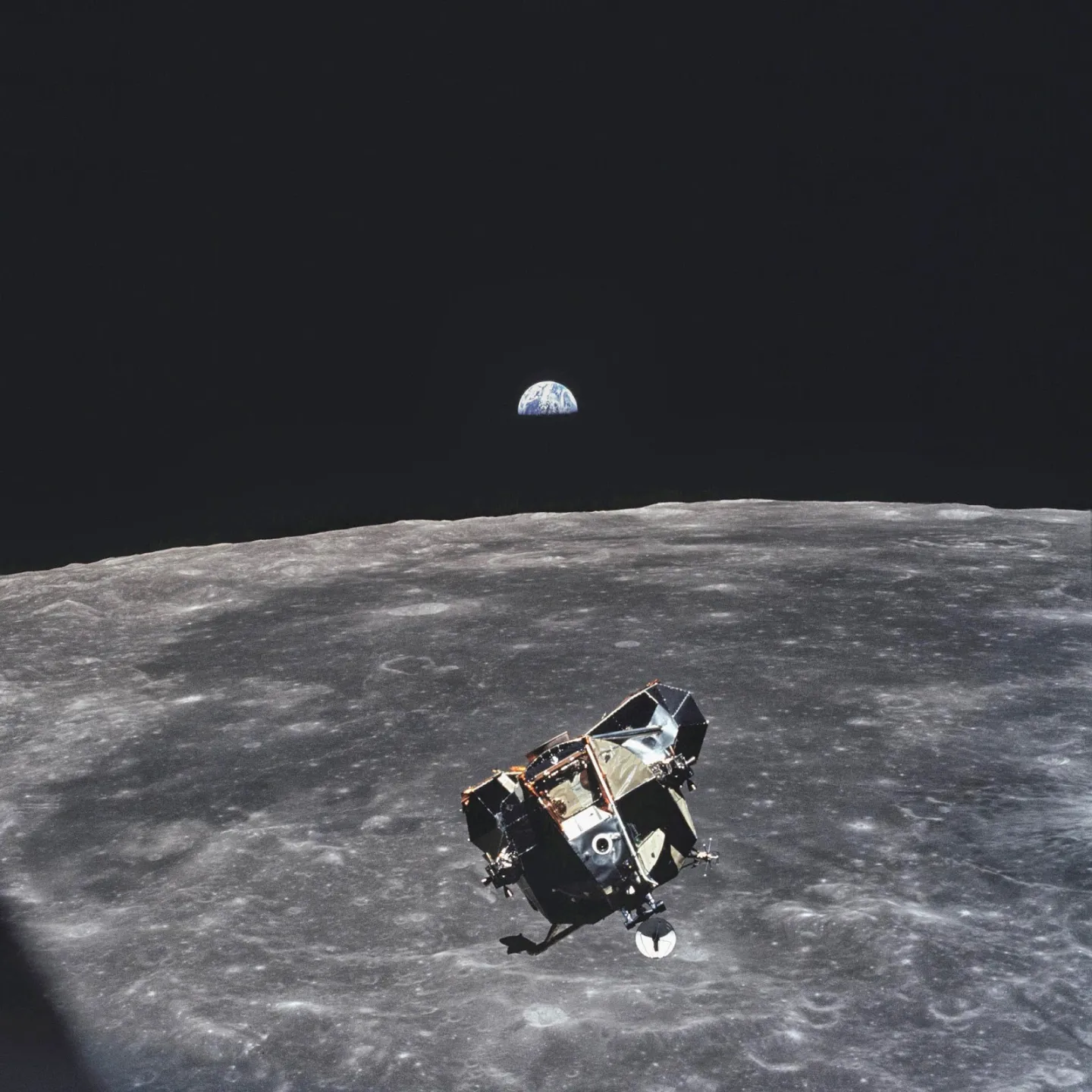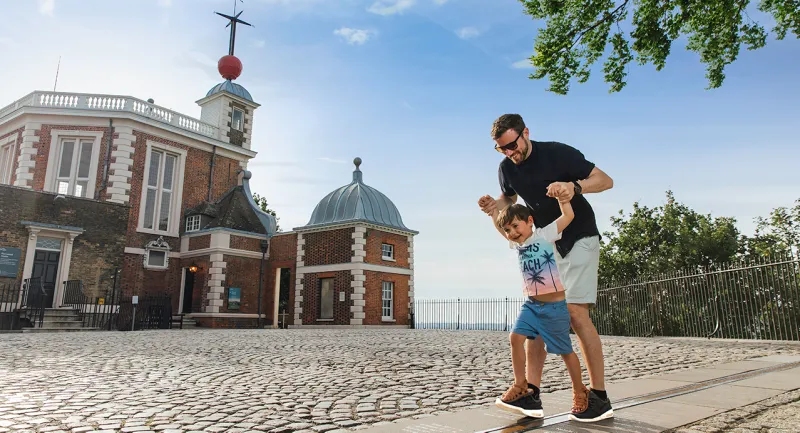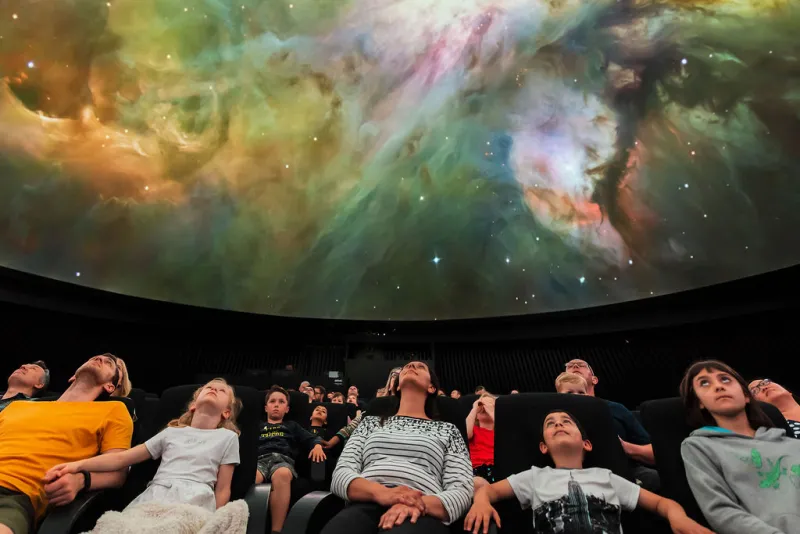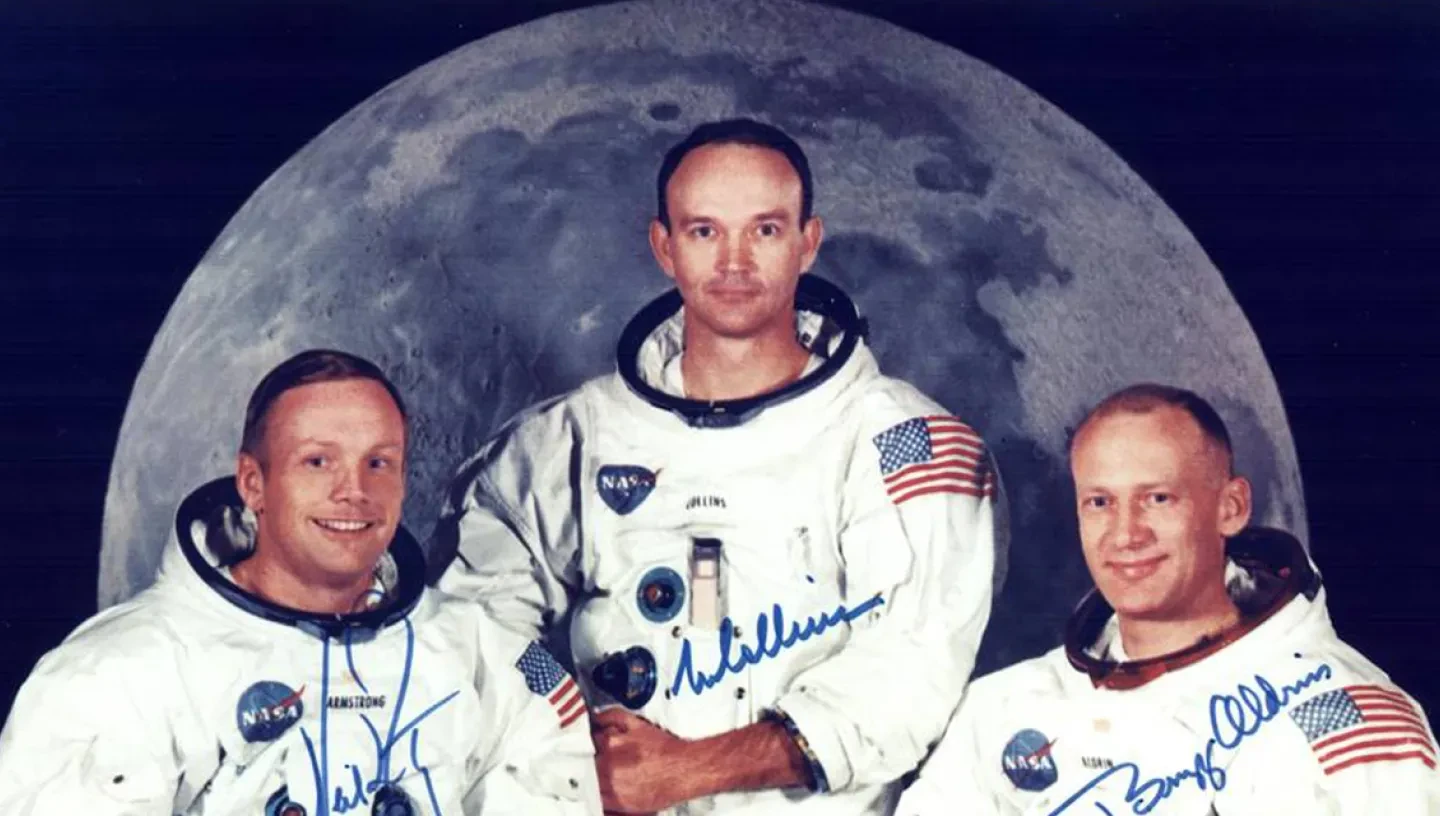
Michael Collins is the often forgotten third astronaut on the Apollo 11 mission. He remained in the Command Module as Edwin ‘Buzz’ Aldrin and Neil Armstrong landed on the Moon’s surface in 1969.
Michael Collins's space photo
Of the many photographs Michael Collins took from space while Buzz Aldrin and Neil Armstrong paced the Moon, one image remains among the most powerful pictures from the Apollo missions.
As Armstrong and Aldrin returned from the Moon, Collins took a photo of the approaching lunar module, Eagle. With the Earth behind the Lunar Module, Collins is the only person in the world not in this image.
Whilst Armstrong and Aldrin were on the lunar surface, Collins was alone in the command module for more than 21 hours.
He even missed Armstrong's famous first words on the surface, as he was on the other side of the Moon, cut from radio communication with the rest of humanity.
As Collins waited alone, he was aware that should the mission not go according to plan, Armstrong and Aldrin may not be able to return. Eagle had never been fired on the surface of the Moon before. If it didn’t burn for long enough or failed to take off when leaving the Moon, Collins would have to return to the Earth alone.
Whilst on the opposite side of the Moon, Collins was completely isolated, with no ability to contact anyone. During this time, Collins wrote:
"I am alone now, truly alone, and absolutely isolated from any known life. I am it. If a count were taken, the score would be three billion plus two over on the other side of the moon, and one plus God knows what on this side."
However he was never lonely. Of his part in the Apollo 11 mission he wrote:
“This venture has been structured for three men, and I consider my third to be as necessary as either of the other two."
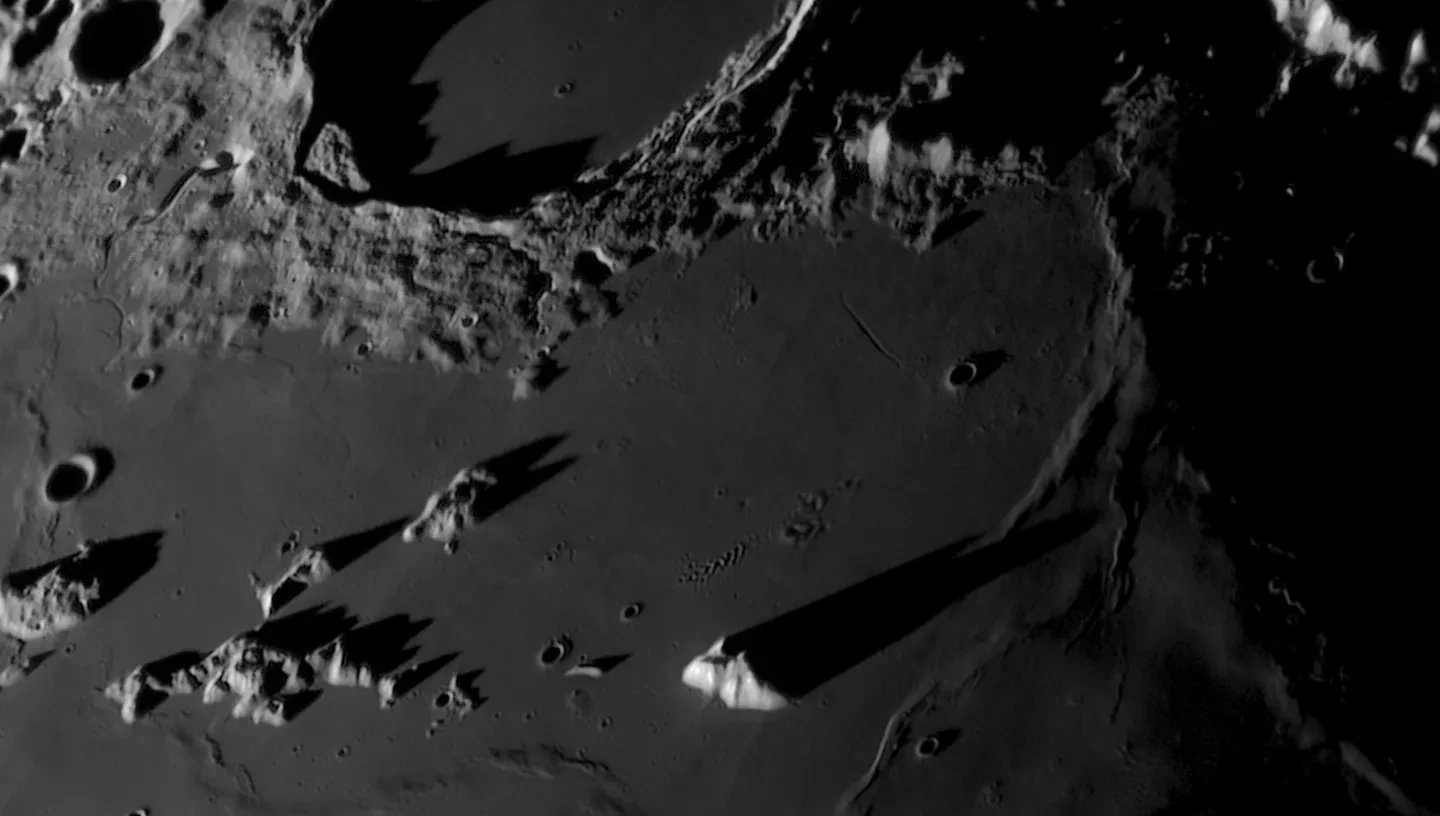
See the Moon up close
Third man on the Moon
Collins never actually landed on the Moon. By waiting in the command module whilst the first steps on the Moon were taken, he ensured that Armstrong and Aldrin would be able to return to Earth safely. The third man to walk on the Moon was Apollo 12 Mission Commander Pete Conrad.
Michael Collins biography
Collins was born in Rome in 1930. He attended the United States Military Academy, before joining the US Air Force. When President Eisenhower announced that astronauts were to be chosen from US flight pilots, Collins realised he had a rare opportunity: to be one of the few people in the world to go to space. He signed up and joined the US Air Force Experimental Flight Test Pilot School.
Gemini 10
Collins’ first spaceflight was as a pilot for Gemini 10, the 16th crewed American spaceflight. The aim of this mission was to carry out a number of experiments, including an EVA (extravehicular activity), rendezvous, and docking.
Apollo 8
Collins was a capsule communicator for the Apollo 8 mission. Stationed at Mission Control he communicated directly with the crew.
Apollo 11
Collins should originally have flown on Apollo 9, but a spinal injury and his need for surgery meant that he could not fly. He recovered well enough to be later assigned to Apollo 11.
What happened to Michael Collins after the Apollo 11 mission?
After retiring from NASA, Collins went on to have a varied career. He worked in government, was the director of the National Air and Space Museum and set up his own consulting firm in 1985.
In 1974 he wrote an autobiography called Carrying the Fire: An Astronaut’s Journeys.
He is immortalised in pop culture in song For Michael Collins, Jeffrey and Me by Jethro Tull and in 2018 film First Man.

